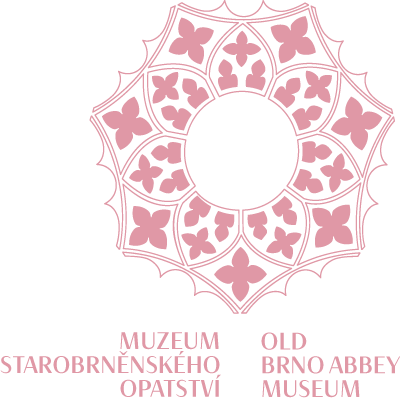The flagellation of Jesus Christ
Anonymous, early 18th century | wood
The statue of the scourged Christ combines Catholic, pietistic piety and the hedonistic cult of “pagan” antiquity with ambiguous eroticism. The absence of the executioners breaks the narrative of the scene and transforms history into a purely devotional scene meant for contemplation. However, the body of the suffering Christ is depicted without any signs of torture, on the contrary, it appears almost sensually pleasing and perfect. The concept is based on the New Platonic philosophy seeking a connection between antiquitas and christianitas. One of the first to portray Jesus as an idealised and beautiful figure was Michelangelo, who was followed by other authors who depicted not only Christ but also other representatives of religious imagery as youthful gods, ephebes and heroes. The Passion scene with the scourging of Christ precedes the moment of crucifixion and is found in all four Gospels.

